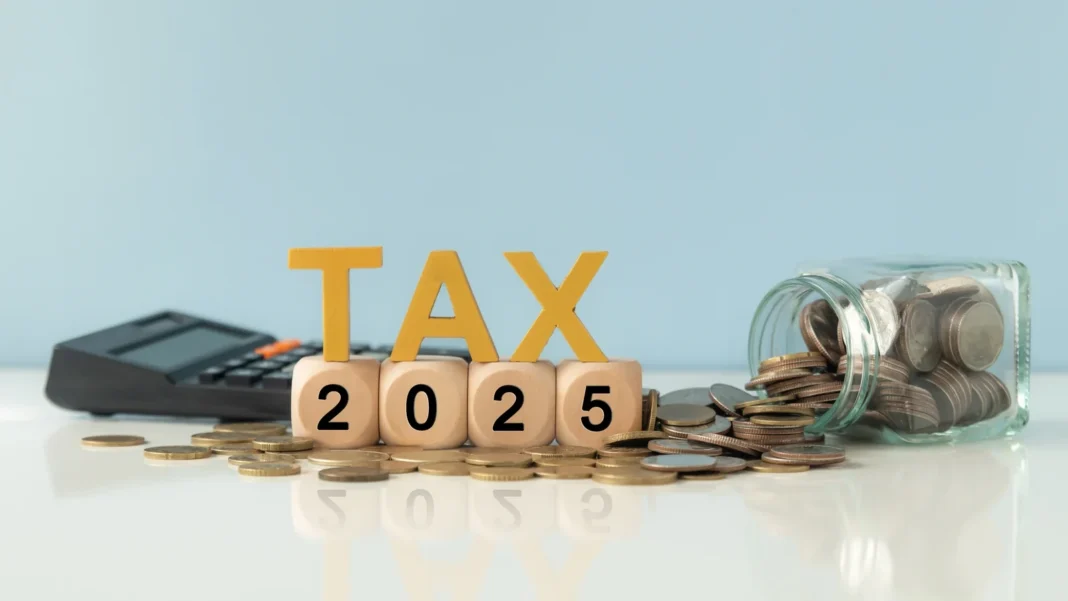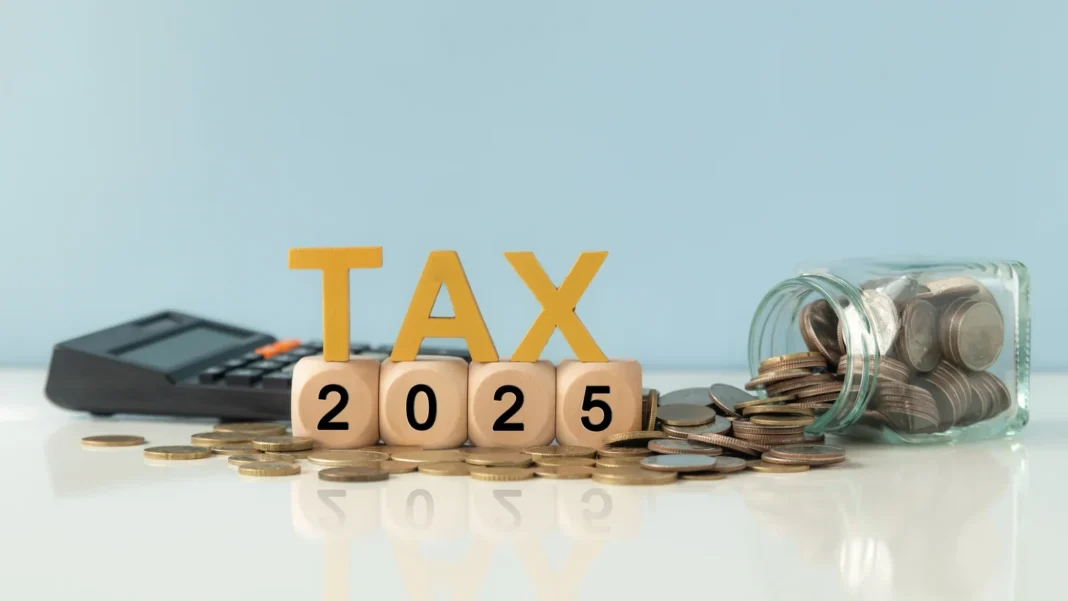The New Tax Regime under the Income Tax Act 1961 was first introduced in the Union Budget on February 1, 2020. This new regime provides taxpayers with the alternative option to pay taxes at reduced rates but, without the benefit of most of the exemptions, deductions, and rebates available under the older Tax Regime. Since then many amendments have been made on New tax regime slab, Exemptions and Deductions. The Latest amendment made on July 23, 2024 in sub-section (1A) of section 115BAC by Finance Act (No.2) 2024 applicable w.e.f. 01.04.2025. The income-tax payable in respect of the total income of a person, being an individual or Hindu undivided family or association of persons (other than a co-operative society), or body of individuals, whether incorporated or not, or an *every artificial juridical person. For any previous year relevant to the assessment year beginning on the 1st day of April, 2024, shall be computed at the rate of tax given in the following Table :—
| Sr. No. | Annual Taxable Income Slab | Income Tax rates |
| 1. | Upto Rs. 3,00,000 | Nil |
| 2. | From Rs. 3,00,001 to Rs. 7,00,000 | 5 per cent |
| 3. | From Rs. 7,00,001 to Rs. 10,00,000 | 10 per cent |
| 4. | From Rs. 10,00,001 to Rs. 12,00,000 | 15 per cent |
| 5. | From Rs. 12,00,001 to Rs. 15,00,000 | 20 per cent |
| 6. | Above Rs. 15,00,000 | 30 per cent. |

Additional Taxes apart from above normal tax slab:
Cess : Health and education cess at 4% is payable on the amount of income tax plus surcharge (if any).
Surcharge:
| Sr. No. | Range of Income | Surcharge rates |
| 1. | Rs. 50 Lakhs to Rs. 1 Crore | 10 Per cent |
| 2. | Rs. 1 Crore to Rs. 2 Crores | 15 Per cent |
| 3. | Above Rs. 2 Crores | 25 Per cent |
*(However, marginal relief is available from surcharge).
Note: The enhanced surcharge of 25% is not levied, on income by way of dividend or from income chargeable to tax under sections 111A, 112, 112A and 115AD(1)(b). Hence, the maximum rate of surcharge on tax payable on such incomes shall be 15%. Also, the surcharge rate for AOP with all members as a company, shall be capped at 15%.
Now Question comes in mind what is allowable and non-allowable Deductions and Exemptions if assessee opt ‘NEW TAX REGIME’
The total income of the person shall be computed without considering below deductions and exemptions. It means following deductions are not allowed under new regime tax:
1. Leave Travel Allowances (LTA).
2. House Rent Allowance (HRA).
3. Any Special Allowances or Benefits such as travel, conveyance, etc.
4. Any allowances or benefits received by diplomats or consular officers in India.
5. Exemption towards income of Minor clubbed u/s 64 (1A) of Income Tax Act.
6. Tax Exemption to newly established businesses in Special Economic Zones.
7. Any allowance in the nature of an entertainment
8. Professional Tax or Tax on Employment.
9. Deduction on interest paid on House Loan.
10. Additional depreciation not allowed.
11. Special deduction to businesses engaged in the manufacturing or production.
12. Deduction for qualifying amount under Section 33AB if taxpayer actively pursue the production and cultivation of tea, coffee, or rubber in India.
13. Deduction for qualifying amount under Section 33ABA if taxpayer actively pursue the prospecting for, or extraction or production of, petroleum or natural gas or both in India.
14. Deduction on payment for scientific research u/s 35 (1) or (2AA).
15. Deduction in respect of expenditure on specified business u/s 35AD
16. Deduction in respect of expenditure on agricultural extension project u/s 35CCC.
17. Deduction under Chapter VI-A such as 80C or 80D.
The total income of the person shall be computed after considering below deductions and exemptions. It means following deductions and exemptions are allowed under new regime tax:
1. Standard Deduction u/s 16 (ia) upto Rs. 75,000 on salary income only.
2. Employer’s NPS contribution (for the benefit of employee) up to 10% of salary (Basic + DA) u/s 80CCD (2)
3. Deduction on contributions made to the Agniveer Corpus Fund.4. Deduction allow to businesses to claim a deduction for hiring new employees during Assessment Year (AY) 2024-25 u/s 80JJAA.

